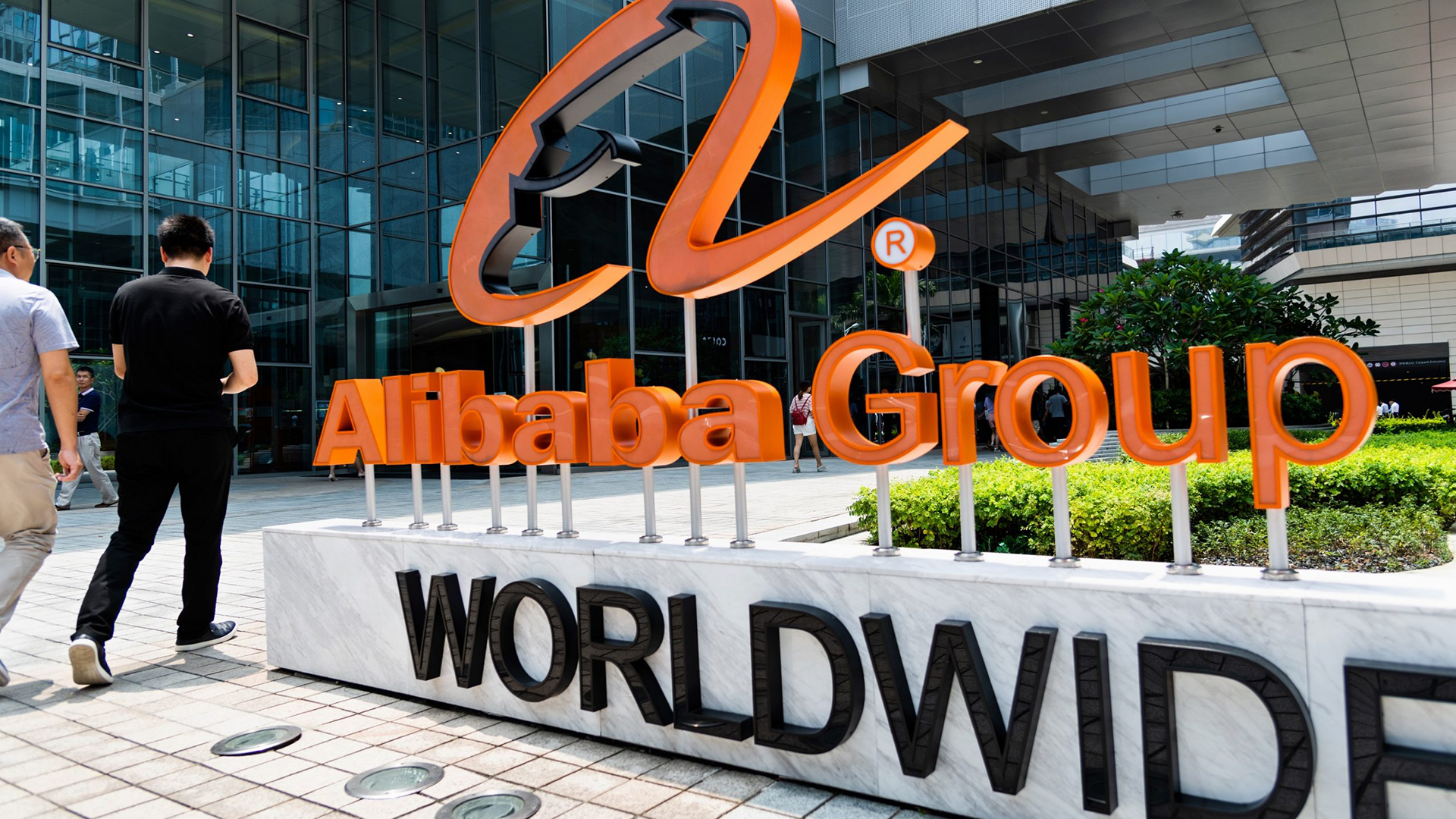
One of the most important steps in organizational management is critical performance evaluation. According to the National Quality Foundation, this is the time to make a deep dive into the indicators of a project, product, service, process, or information, in order to identify problems and propose solutions.
Failure to perform this step can be costly for the entire organization. To assist in an efficient implementation of a Critical Analysis Policy, we have elaborated 5 key points that must be observed. This article is a partnership with Rogério Pontes Andrade, an administrator who specialized in Quality Health Services and with extensive experience in hospital administration.
1 – A collective task
Do not dare to analyze the problems or even the favorable situations of the performance obtained by yourself. Form a team for analysis, with professionals who can contribute to the identification of adversities and the search for solutions. In addition, know the history of the topic and the most relevant factors that may have influenced the result and compare it with established goals or standards.
2 – Define a problem
The clarity of the problem to be solved with Critical Analysis is fundamental. If the performance is within the expected, the problem to be analyzed will be the maintenance or improvement of the indexes. When it is not, the way forward will be the search for adjustments and development of the problem.
The Critical Analysis team must be in tune with the definition of the problem. Some of the Quality Tools most used in this stage are brainstorming, the Ishikawa diagram, and the 5 whys technique.
Read too: PDCA cycle: how to apply the methodology for continuous improvement
3 – Evaluate and make decisions
With the analysis of the problem ready, many doubts will arise. What will be your solution? Where to start? What are the causes that need to be tackled first in order to achieve greater effectiveness of actions?
One of the main techniques to guide this step is the application of a prioritization matrix. Among the tools most used by managers, is the SETFI matrix – a prioritization Tool in Quality Management. The objective is to assign a score to each factor listed according to 5 criteria:
- Security – the danger surrounding the problem
- Emergency – the urgency to solve the problem
- Trend – the problem worsening trend
- Ease – ease and execution of the solution
- Investment – the level of investment involved
With the causes prioritized, we arrive at the Action Plan. The famous 5W2H is certainly one of the main tools used in this stage. Decisions can be divided into (1) managerial, (2) corrective or preventive, (3) improvements in processes and/or products, (4) need for fundraising, or (5) pending issues for a deeper investigation into the cause root of the problem and need for new information.
Important tips
- Focus on the root of the problem.
Avoid the temptation to focus only on the effects of actions.
- Do not outsource tasks unattended
If the solution is outside the responsibility of the participants in the analysis, the person responsible for the question must assume the pending issue and articulate the action directly with the third party involved.
- Watch out for the linear relationship
All identified causes must find an action for their solution, without necessarily having a one-to-one relationship. There may be an action that resolves several causes, as well as a cause that requires several actions to be resolved.
- Always establish the “Why” of the action
Highlight the expected result from that action, as this facilitates the verification of its effectiveness. For example, in a hospital, if the action is “Train the team in the catheter fixation protocol”, the verification of the effectiveness of this action should not be simply the list of training presence, but the reduction of the current infection rate. blood.
4 – Keep track
It’s time for action! Pay attention to the communication of all the parties about the defined tasks. In addition, it is essential to have control of the execution of each stipulated stage. A good tip is to keep track of any movement implemented. In particular, observe compliance with deadlines, planned investments, and other activity control items.
5 – Check the results
The process is complete. Check the results obtained, and if the implemented actions were effective to solve the central problem. In other words, whether the data collected before and after the Critical Analysis has improved. A good way for this last phase is to monitor actions with performance indicators, incident records, customer complaints, non-conformities, new audit reports, and other variables.
If the problem persists, there is a high possibility that the solution presented was a failure. In this case, inevitably, a new Critical Analysis must be initiated. That is why the importance of the first three key points is listed in this article.
Conclusion
Followed with discipline, the Critical Analysis task is an extremely important part of promoting the continuous improvement of any organization. Encourage your team to participate in these important moments of growth and learning. It is a very effective way of getting everyone’s commitment to results. That is, to experience participatory management.
Click here and learn more about our solutions
Interact is a software company that is transforming the way businesses are managed. Our cloud-based corporate governance platform, Interact Suite SA, drives the results of hundreds of companies in Brazil and abroad with tools for all management stages – from the strategic to the operational level.



